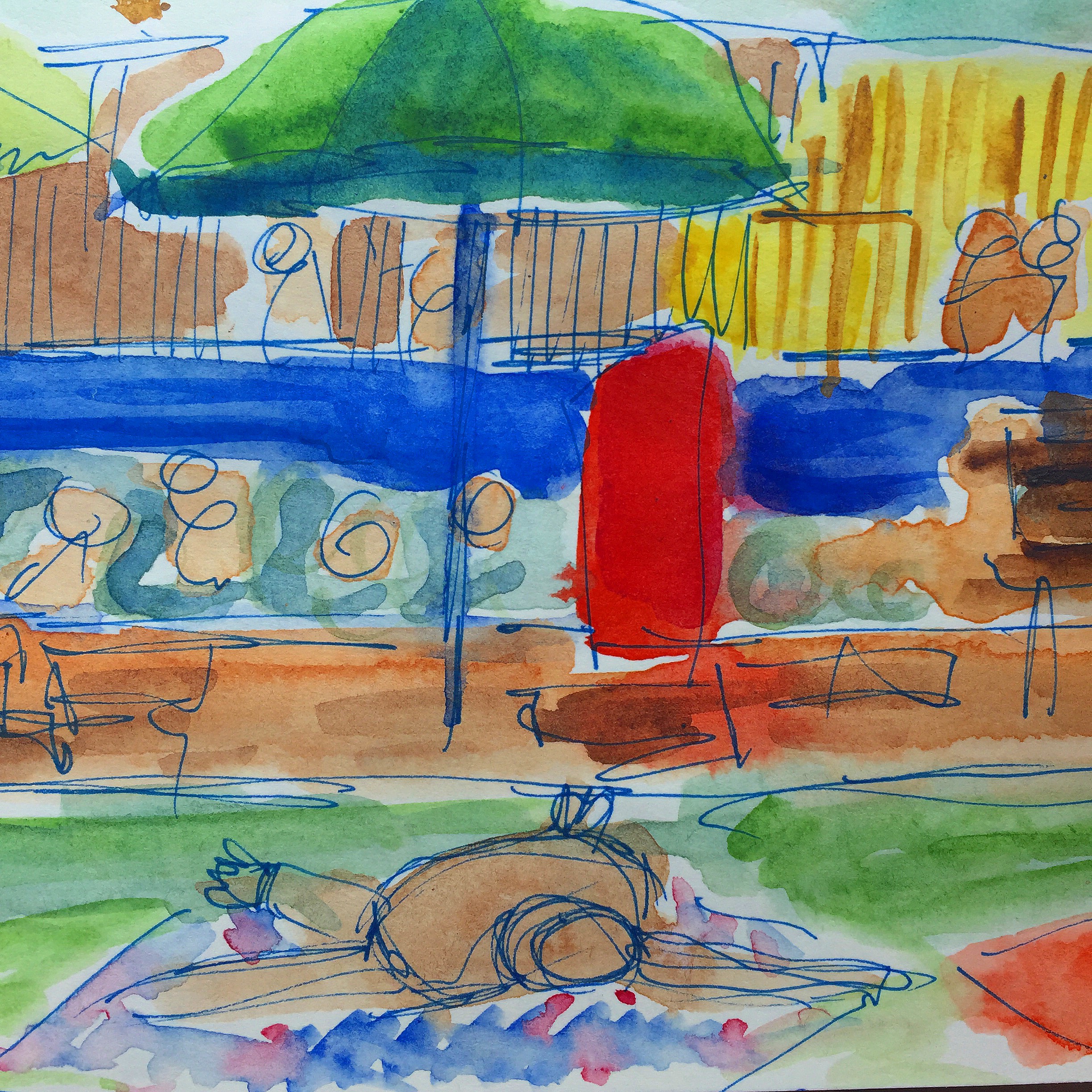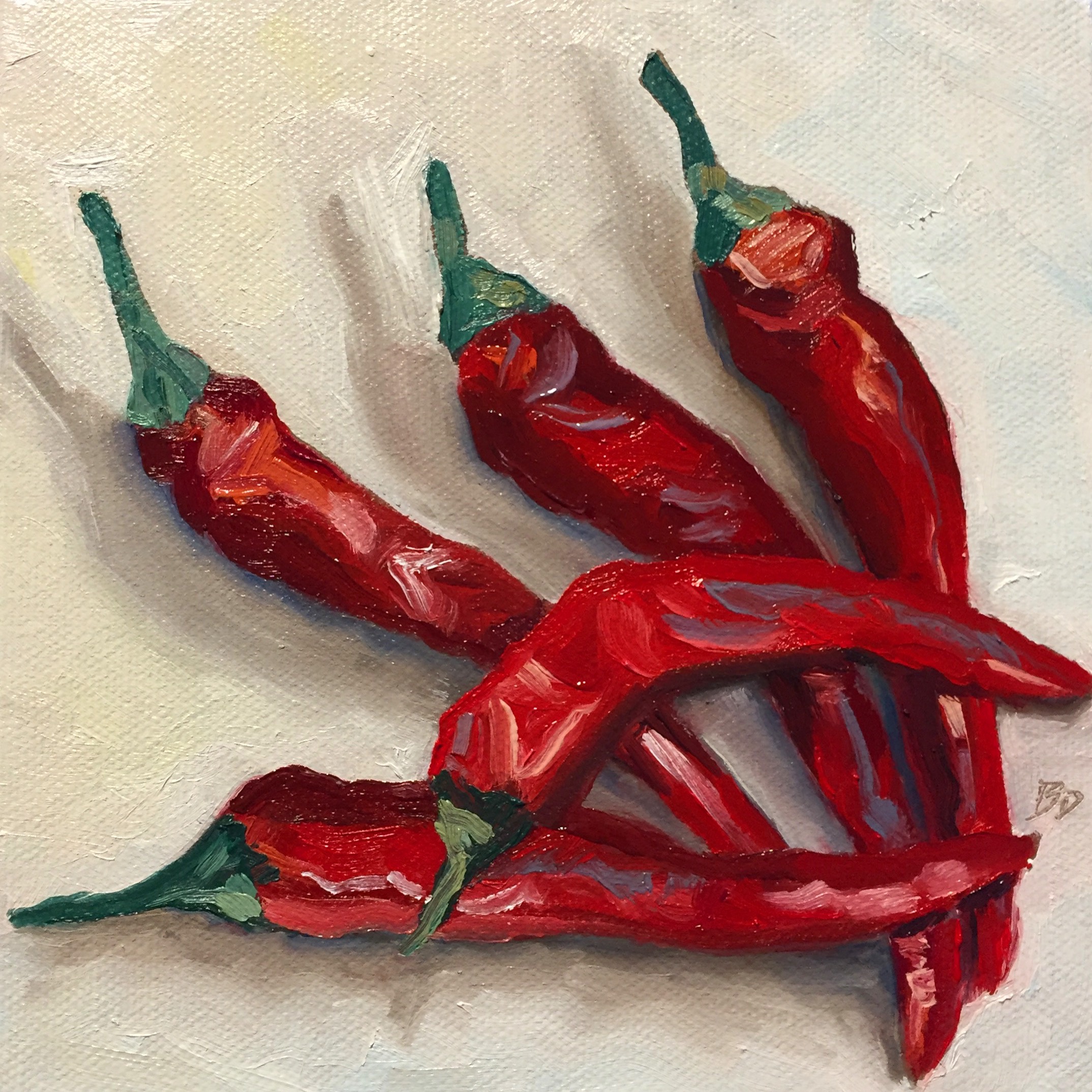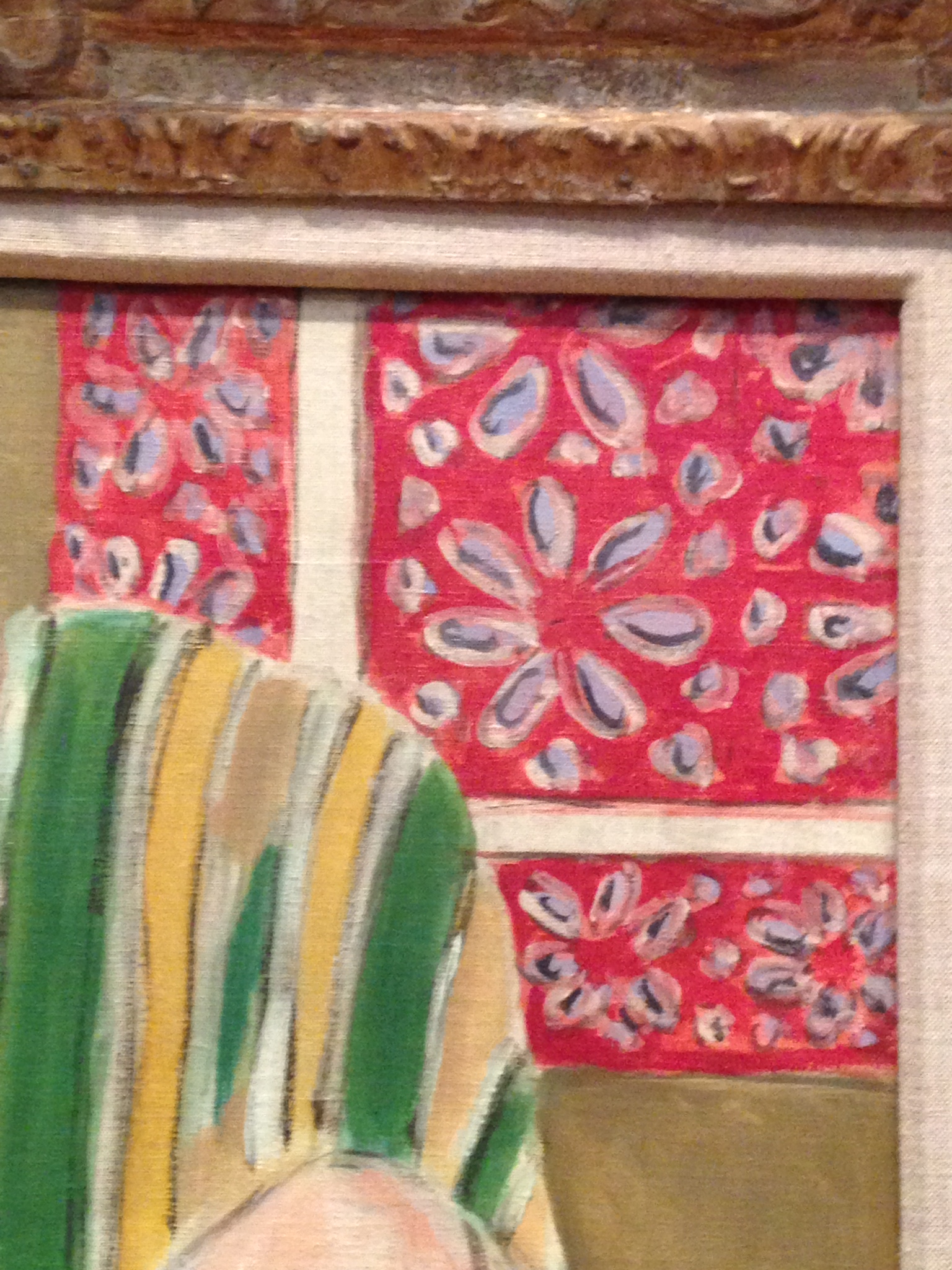I don't know about you but I always feel like the beginning of the school year is my chance to revisit and re-energize all those New Year's resolutions I made last January and have slowly let go of. I did not totally drop the ball but it is hard to focus on your to-do list when you have kids on summer vacation, wonderful family visitors and all the good beer and weather of a German summer.
Summer play time also brings good ideas. I visited a lot of beautiful places this summer, some famous and some not. All those images in my brain have to go somewhere - hopefully they will show up on a canvas this winter.
My obsession with painting chickens is slowing down as I prepare for the next series I have in mind. It is going to be a lot more complicated than what I currently paint so I am summoning the courage to actually do it and not keep putting it off (it combines portraits and birds).
This year I also need to focus on actually selling artwork!
I imagine a lot of artists have this goal. I plan to research online marketing, ramp up social media and basically market myself which is really scary to an introvert like me. This month I am showing all my chicken paintings in the local library on Vogelweh Base here in Germany - which is a start in the right direction.
Next up - paint, paint, paint!
As I ease back into regular blog posts, here are a few art related posts from the summer.
Please leave a comment and let me know: How was your summer? What are you hoping to get done this fall?
Until next time,
Beth :-)
The beginning of yet another chicken...
This little watercolor sketch was from the pool. Can you see the man that was in front of me?
Giant tile mosaic in the Paris metro.






























